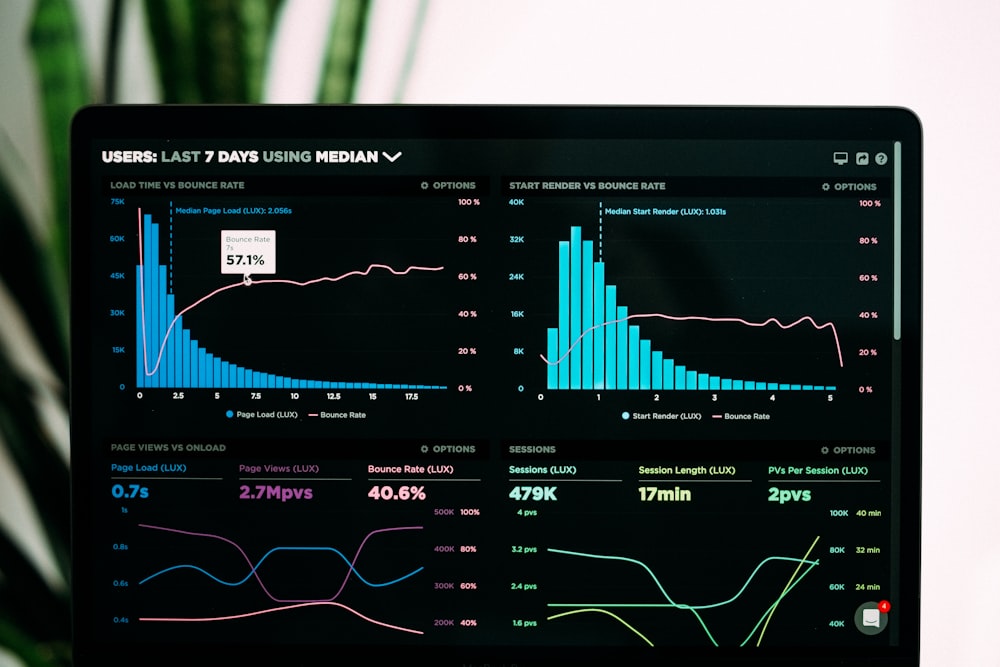Overleveraged and its effect on finance

If a company has too much debt in relation to its operating cash flows and equity, it is considered to be overleveraged. An overleveraged corporation has trouble covering its interest and principal payments, and is often unable to cover its operating expenses due to high costs incurred as a result of its debt load, leading to a downward financial spiral. As a result, the company must borrow more money to remain afloat, and the crisis worsens. When a corporation restructures its obligations or files for bankruptcy protection, the spiral normally comes to an end.
When Does it Occur

When handled properly, debt can be beneficial, and many businesses use it to expand their operations, buy essential goods, improve their facilities, and for a variety of other purposes. In certain cases, taking on debt is preferable to other methods of raising money, such as issuing stock. Taking on debt does not imply relinquishing ownership of the business, and external participants have no control about how the debt is used. Debt may also assist a corporation in being profitable if it is managed properly. Only when a corporation is no longer able to handle its debt does it become a serious issue.
When a company borrows so much money, it becomes unable to pay interest, principal repayments, or keep up with payments for its operating expenses due to the debt burden. Companies who borrow too much and are overleveraged are at risk of going bankrupt if their company suffers a setback or the market falls.
Taking on too much debt puts a company’s finances under a lot of stress because the cash outflows needed to service the debt consume a large portion of the company’s revenue. Since they do not have the same expensive debt-related strain on their cash flow, a less leveraged business could be better placed to withstand revenue declines.
Financial leverage can be measured in terms of either the debt-to-equity ratio or the debt-to-total assets ratio.
Disadvantages

When an organisation becomes overleveraged, it suffers a slew of negative consequences. Some of the negative consequences are mentioned below.
Loss of Assets
If a corporation becomes so overleveraged that it declares bankruptcy, its contractual responsibilities to the banks from which it borrowed money kick in. Banks typically have seniority over a company’s assets in this situation. In other words, if a corporation is unable to repay its debt, banks may seize the company’s assets and liquidate them for cash to pay off the unpaid debt. A company’s assets, if not all, can be lost in this way.
Inability to Gain New Investors
It would be almost impossible for an overleveraged business to recruit new investors. If they receive a large equity stake with a recovery framework, investors who provide liquidity in return for an equity stake will find an overleveraged business to be a bad investment. Giving up significant equity stakes is not optimal for a business because it lacks leverage over decision-making.
Constrained Growth

Companies take out loans for particular purposes, such as expanding product ranges or purchasing equipment to boost revenue. When it comes to loans, there is always a deadline for making interest and principal payments. If a business borrows with the hope of increased profits but is unable to expand until the debt matures, they could be in a difficult situation. Paying back the loan without improved cash flow can be disastrous, limiting the company’s ability to finance operations and expand.
Restriction on Future Borrowing
Before lending capital, banks perform extensive credit checks and assess a company’s ability to repay its debt in a timely manner. If a corporation is already heavily leveraged, the chances of a bank lending money are slim. Banks are averse to taking on the risk of losing money. And if they do take that chance, the interest rate paid would almost certainly be exorbitant, making borrowing less than desirable for a business already in financial distress.
Leveraging in Personal Financing

The use of leverage helps you to multiply your gains or losses. When expenses surpass revenue from an asset, or when the asset’s value decreases, it runs the risk of losing money.
There are several sources of leveraging, such as:
- When buying a house, many people use their savings to finance a portion of the purchase with mortgage debt.
- When investing in a stock, people often borrow money from investment brokers.
- Company owners manipulate their finances by borrowing the funds they need to operate their companies.
Although leveraging is a surefire way to increase profits, it can also result in significant losses. This can happen when there is a lack of competition in the market and purchases begin to reduce costs. In this scenario, debt rises as losses mount. Even if the asset value loss is not severe and only temporary, this may lead to the downfall of a company or the ruin of a firm or a person. Leverage in the forex markets, on the other hand, carries a lower risk due to the market’s stability. Many brokers offer their clients the ability to manage a larger sum of money than they initially deposit. Some brokers, for example, allow their customers to use money in a 100:1 ratio to their initial investment as long as they accept full liability for the gains or losses.
Leverage Safely

It is preferable to use leverage within one’s risk tolerance and in accordance with one’s financial objectives. Leveraging is a way to increase your means, which can then be used to produce more benefit, as stated in the theory of ways and means. Leverage is a part of every company’s financial policy. Individual investors will increase their earnings by thinking more like a business magnate and using leverage strategically. Credit and leveraging are yet another bullet in the experienced investor’s arsenal, alongside savings and asset planning.


